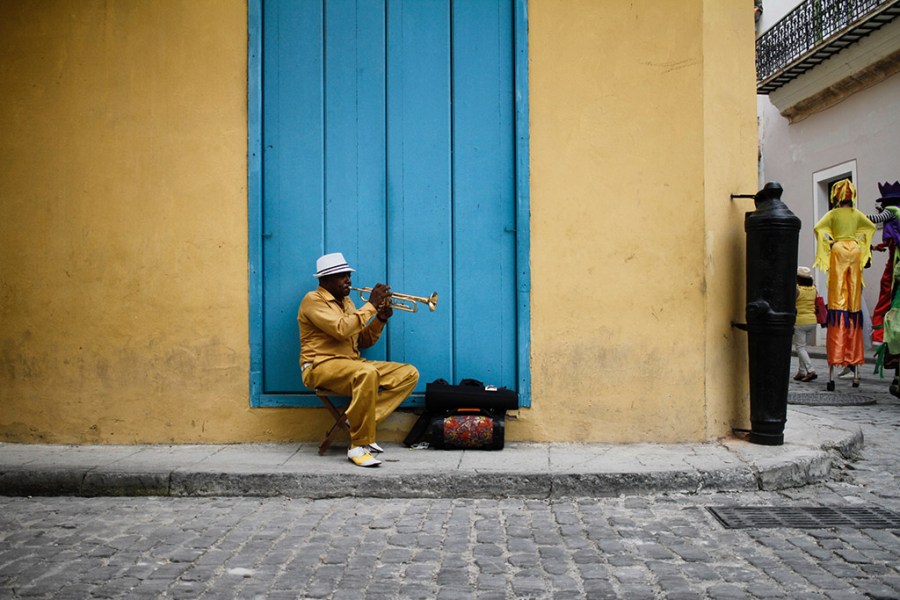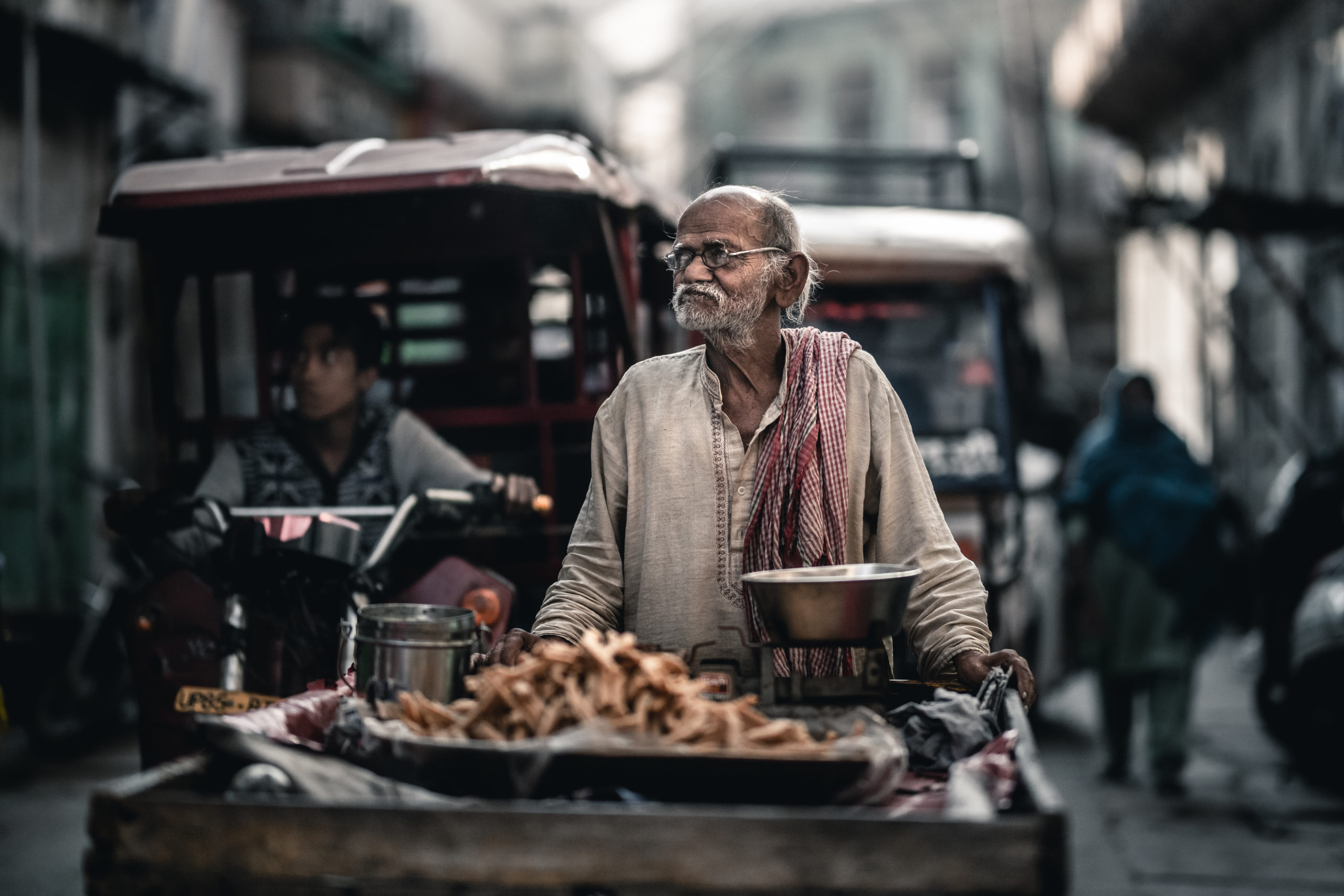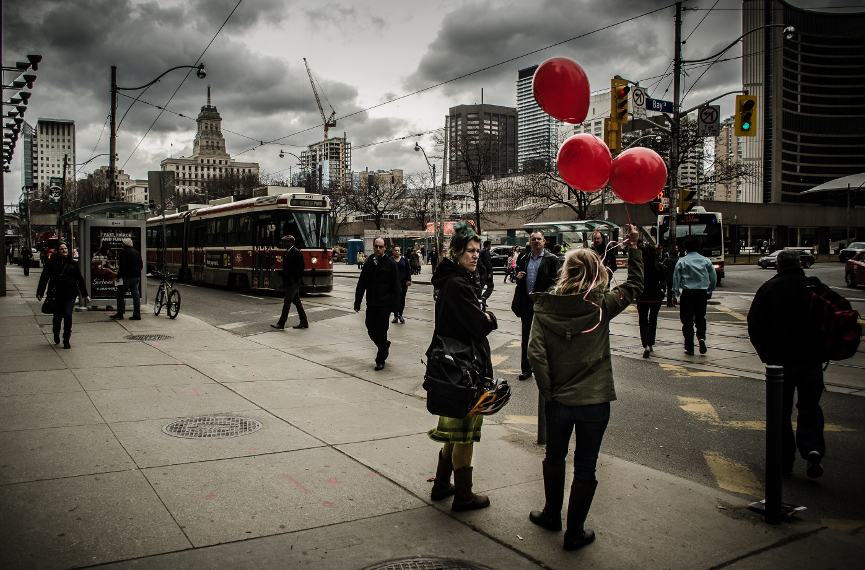Some Known Incorrect Statements About Street Photographers
Some Known Incorrect Statements About Street Photographers
Blog Article
Not known Facts About Street Photographers
Table of ContentsThe Best Strategy To Use For Street PhotographersStreet Photographers Things To Know Before You Get ThisThe Best Strategy To Use For Street PhotographersA Biased View of Street PhotographersThe Best Guide To Street Photographers
Road professional photographers do not always have a social function in mind, but they favor to isolate and catch minutes which might otherwise go unnoticed.He was affected by several of those that influenced the road photographers of the 1950s and '60s, he was not chiefly interested in catching the spirit of the road., who worked side by side with professional photographers trying to record the essence of metropolitan life.
In comparison to Atget, digital photographer Charles Marville was employed by the city of Paris to develop an encyclopaedic record of Haussmann's city preparation task as it unfolded, thus old and new Paris. While the photographers' topic was basically the exact same, the results were considerably various, showing the influence of the digital photographer's intent on the character of the images he generated.
The Ultimate Guide To Street Photographers
Offered the fine top quality of his photos and the breadth of product, designers and musicians typically got Atget's prints to utilize as referral for their own work, though business rate of interests were rarely his main inspiration. Instead, he was driven to picture every last remnant of the Paris he liked. The mingled enthusiasm and urgency of his goal sparkle through, leading to photographs that tell his very own experience of the city, high qualities that prepared for road digital photography of the 20th century.

Unlike his peers, Brassa utilized a larger-format Voigtlnder electronic camera with a longer direct exposure time, forcing him to be a lot more calculated and thoughtful in his method than he could have been if using a Leica. (It is believed that he might not have had the ability to afford a Leica during that time, yet he did, however, utilize one in the late 1950s to take colour pictures.) Brassa's photographs of the Paris abyss brightened by synthetic light were a discovery, and the collection of the series that he published, (1933 ), was a significant success.

The Only Guide for Street Photographers
It is due to this essential understanding of the art of image taking that he is typically attributed with discovering the tool throughout once again approximately a century considering that its creation. He took photographs for even more than a half century and influenced generations of digital photographers to trust their eye and instinct in the minute.
These are the questions I shall try to address: And after that I'll leave you with my own definition of road digital photography. Yes, we do. Allow's kick off go right here with defining what an interpretation is: According to it is: "The act of specifying, or of making something certain, distinctive, or clear".
No, most definitely not. The term is both limiting and misdirecting. Seems like a street photography should be pictures of a roads appropriate?! And all street photographers, with the exception of a handful of outright newbies, will totally value that a road is not the key component to street photography, and in fact if it's a photo of a road with perhaps a few boring people doing absolutely nothing of passion, that's not street digital photography that's a picture of a road.
Street Photographers Fundamentals Explained
He makes a legitimate point don't you think? However, while I agree with him I'm not exactly sure "honest public digital photography" will catch on (although I do sort of like the term "candid photography") since "street photography" has actually been around for a very long time, with numerous masters' names affixed to it, so I think the term is right here to remain.
Inside?! I hear you scream as you shake your clenched fist to the sky. Why not? You can fire at the coastline, at a festival, find out this here in an alley, in a park, in a piazza, in a cafe, at a museum or art gallery, in a city terminal, at an event, on a bridge, under a bridge ...
Yes, I hesitate we have no selection! Without regulations we can not have a meaning, and without an interpretation we do not have a style, and without a style we don't have anything to define what we do, therefore we are embeded a "policies definition style" loophole! And no-one wishes to obtain stuck in a loophole. - Street Photographers

Report this page